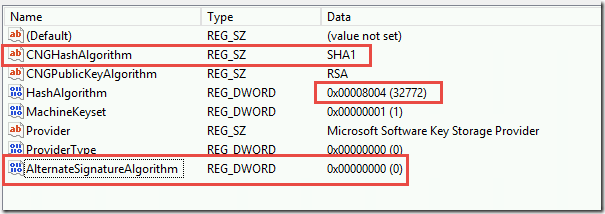After migrating a mailbox to Office 365 Exchange Online, if the mailbox previously had full access permissions prior to the migration, then after the mailbox migration is finished the user may receive lots of authentication prompts. This happens by design since cross-forest permissions are not supported. Mailboxes that require full-access and/or send-as permissions should be migrated together in groups to avoid this issue.
But what happens if someone overlooks this requirement and moves a mailbox without moving the shared mailboxes along with it? This is where it gets very interesting. While it is possible to remove the full-access permission from the on-premises mailbox, that change won’t sync or take any effect and doesn’t solve the issue. Likewise, migrating the mailbox to Office 365 with the permissions removed prior to the shared mailbox migration won’t solve the problem (you might expect the original mailbox to see the newly migrated mailbox and that it no longer has full-access, and that would be enough to remove the AutoMapping feature). However, no, that is not how it works. To remove the auto-mapped shared mailbox, you have to migrate the shared mailbox, add the full access permission, then remove it again. That triggers the delegate’s outlook to remove the shared mailbox from the left navigation in Outlook.


